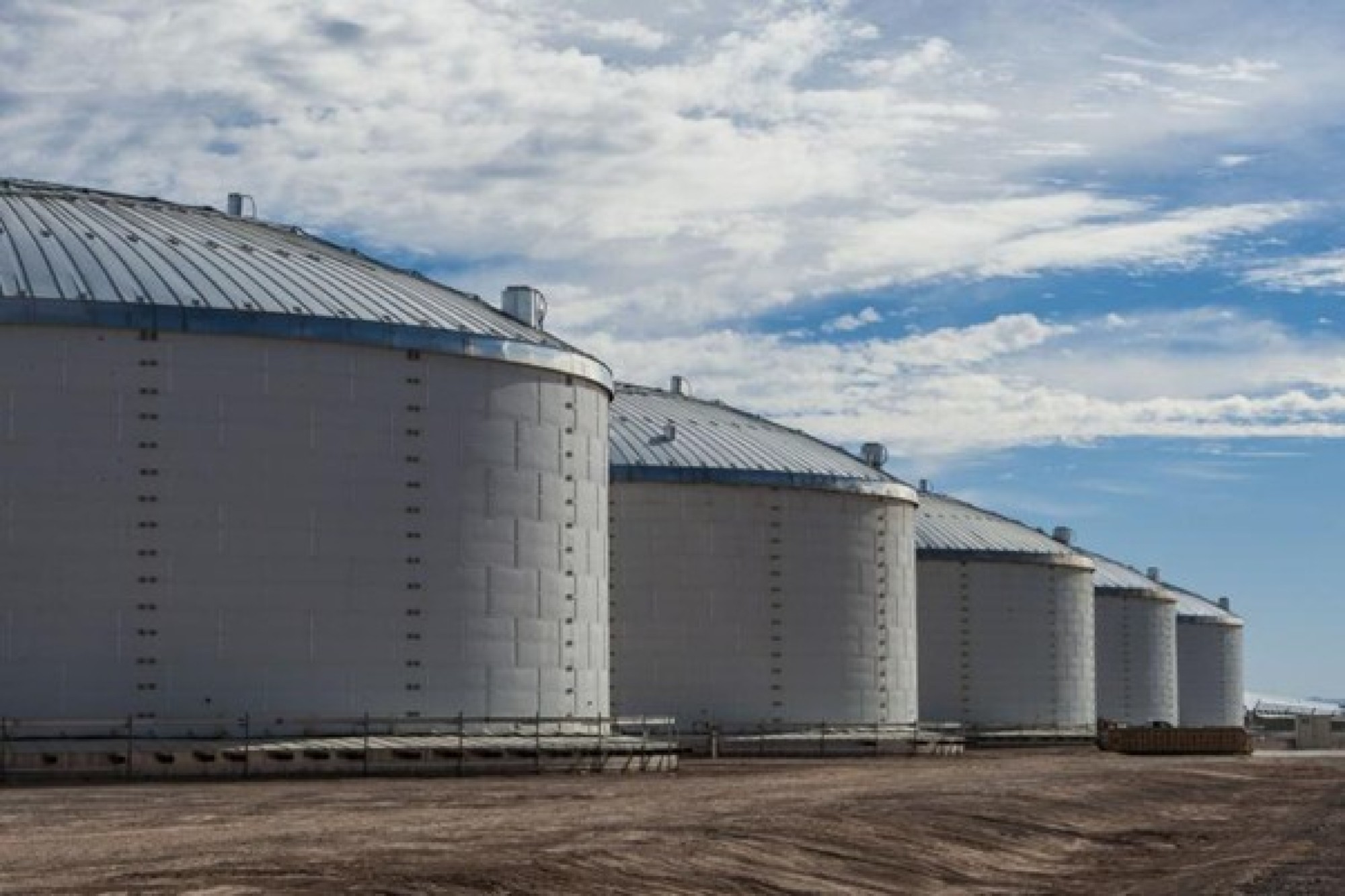Thermal energy storage market to reach USD 10.7 billion by 2032
By EPR Magazine Editorial April 11, 2025 6:49 pm IST
By EPR Magazine Editorial April 11, 2025 6:49 pm IST

According to a report by DataIntelo the global thermal energy storage market size is projected to grow at a robust CAGR of 10.1% during the forecast period.
The global thermal energy storage market size was valued at approximately USD 4.5 billion in 2023 and is projected to reach around USD 10.7 billion by 2032, growing at a robust CAGR of 10.1% during the forecast period according to DataIntelo. This substantial growth can be attributed to the increasing demand for energy efficiency and renewable energy solutions, as well as the rising need for sustainable and cost-effective energy storage options.
The global thermal energy storage (TES) market has been gaining significant momentum over recent years. This rise is driven by increasing demand for renewable energy integration, energy efficiency, and advancements in energy infrastructure. TES systems allow the storage of thermal energy for later use, making them essential in balancing energy demand and supply, particularly in solar power applications. They are also widely used in heating, ventilation, and air conditioning (HVAC) systems, as well as in industrial processes.
Thermal Energy Storage Market: Drivers
Several key factors are propelling the growth of the thermal energy storage market. Firstly, the growing need to reduce greenhouse gas emissions has led to a surge in the adoption of renewable energy technologies. TES plays a vital role in stabilising energy output from intermittent sources such as solar and wind. Additionally, governments and organisations across the globe are investing in modernising the energy grid, with TES being a critical component in achieving grid flexibility and resilience. Cost savings, enhanced energy efficiency, and energy security are further encouraging its adoption.
Technological Advancements
Innovations in TES technologies are expanding the market potential. The three primary types of TES systems are sensible heat storage, latent heat storage, and thermochemical storage. Sensible heat storage, using materials like water or molten salt, is currently the most commonly used due to its simplicity and reliability. However, latent and thermochemical storage systems are gaining popularity for their higher energy densities and improved performance in compact spaces. Research into phase change materials (PCMs) and new heat transfer fluids continues to improve efficiency and reduce costs.
Market ChallengesDespite its advantages, the TES market faces several challenges. High upfront installation costs and technical complexity can hinder widespread adoption. Additionally, the lack of standardised regulations and limited awareness in some regions may slow market growth. Addressing these challenges through policy support, research funding, and public-private partnerships is essential for sustaining the market’s upward trajectory.
Future Outlook
Looking ahead, the thermal energy storage market is expected to continue its expansion. The transition toward a more sustainable and decentralised energy system will require effective storage solutions like TES. With increasing integration of renewable energy and ongoing technological improvements, TES is set to play a crucial role in the global energy transition. Strategic investments, innovation, and supportive policies will be key to unlocking its full potential.
Thermal Energy Storage Market: Competitive Landscape
The competitive landscape of the thermal energy storage market is characterised by a mix of established players and emerging companies, each striving to capitalise on the growing demand for efficient and sustainable energy storage solutions. Major companies in the market are:
We use cookies to personalize your experience. By continuing to visit this website you agree to our Terms & Conditions, Privacy Policy and Cookie Policy.